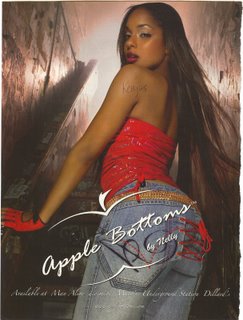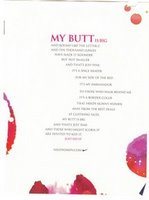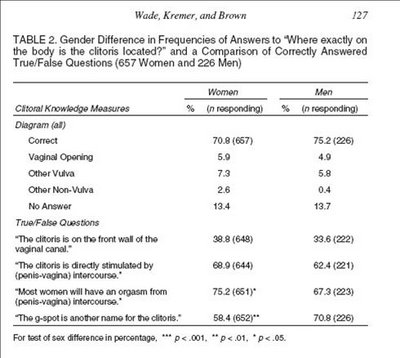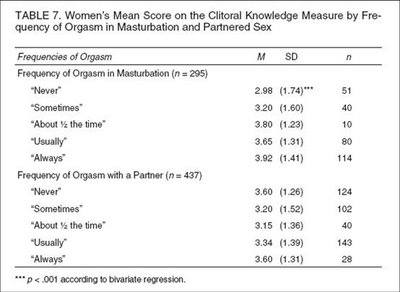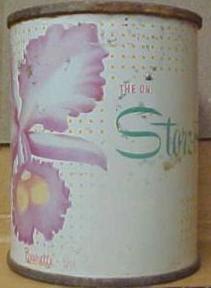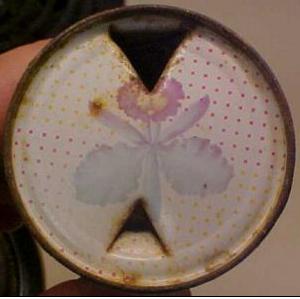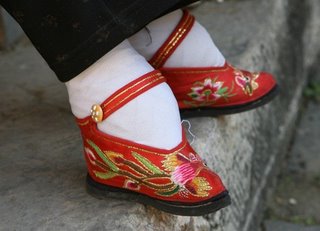Click here to read about Silo and Roy, gay penguins. They were together for six years before they broke up. One of them paired up with a female.

A children’s book, written about Silo and Roy, was apparently removed from the children’s fiction section at two bookstores because it promoted homosexuality.
A same-sex penguin couple, on the right in the picture below, were segregated from the rest of the penguins because they kept stealing eggs. Sneakily, they would replace the egg with a rock and take the real egg for themselves. The zoo keepers eventually decided to give them the eggs of another penguin pair who had a poor record of parenting and, the story says, they are among the best parents at the zoo (via Alas).
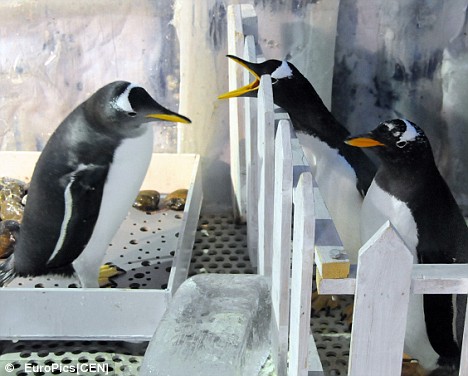
NEW! Another pair of male penguins, this time at a zoo in Bremerhaven, Germany, have become adoptive parents (via). Z and Vielpunkt:
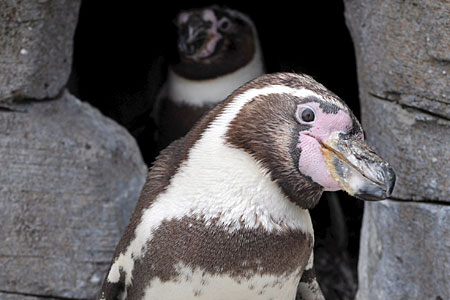
These two male storks, living in a Dutch zoo, are raising a chick together. The zookeepers don’t know how they came across their egg, but somehow they did, and now they’re parents! Click here for the story and a video.
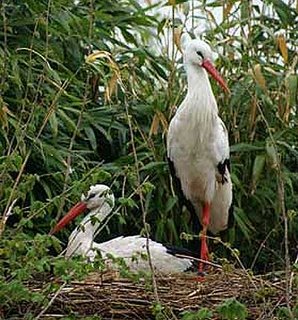
About 20 percent of all black swan couples are male/male according to this study:
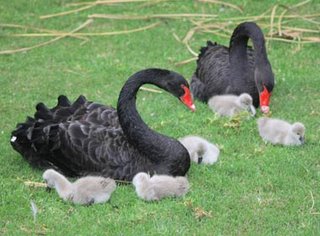
Carlos and Fernando just celebrated their fifth anniversary (see here):
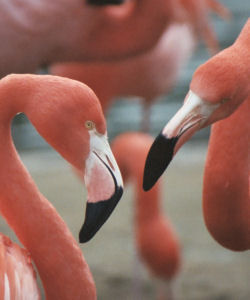
A museum in Oslo has gained some attention for their exhibit, Against Nature?, featuring homosexual behavior among animals. Check it out.
And here is a link to a story about same-sex pairs (1/3rd of all pairs!) among wild Albatross.
NEW (Apr. ’10)! Speaking of the Albatross: they mate for life (if they’re lucky, 60-70 years) and this is a female pair nesting in Kaena Point, Hawaii.
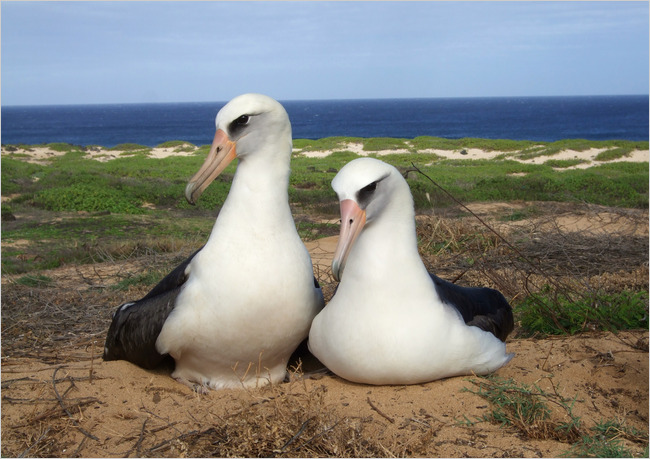
Biologist Lindsay Young, who studies this colony, concurs that about 1/3rd of the couples are same-sex. They also rear chicks.
The New York Times article, from which I borrowed this images, explains that:
Various forms of same-sex sexual activity have been recorded in more than 450 different species of animals by now, from flamingos to bison to beetles to guppies to warthogs. A female koala might force another female against a tree and mount her, while throwing back her head and releasing what one scientist described as “exhalated belchlike sounds.” Male Amazon River dolphins have been known to penetrate each other in the blowhole. Within most species, homosexual sex has been documented only sporadically, and there appear to be few cases of individual animals who engage in it exclusively. For more than a century, this kind of observation was usually tacked onto scientific papers as a curiosity, if it was reported at all, and not pursued as a legitimate research subject. Biologists tried to explain away what they’d seen, or dismissed it as theoretically meaningless — an isolated glitch in an otherwise elegant Darwinian universe where every facet of an animal’s behavior is geared toward reproducing. One primatologist speculated that the real reason two male orangutans were fellating each other was nutritional.
…
Courtship behaviors between two animals of the same sex were persistently described in the literature as “mock” or “pseudo” courtship — or just “practice.” Homosexual sex between ostriches was interpreted by one scientist as “a nuisance” that “goes on and on.” One man, studying Mazarine Blue butterflies in Morocco in 1987, regretted having to report “the lurid details of declining moral standards and of horrific sexual offenses” which are “all too often packed” into national newspapers. And a bighorn-sheep biologist confessed in his memoir, “I still cringe at the memory of seeing old D-ram mount S-ram repeatedly.” To think, he wrote, “of those magnificent beasts as ‘queers’ — Oh, God!”
…
Different ideas are emerging about how these behaviors could fit within that traditional Darwinian framework, including seeing them as conferring reproductive advantages in roundabout ways. Male dung flies, for example, appear to mount other males to tire them out, knocking them out of competition for available females. Researchers speculate that young male bottlenose dolphins mount one another simply to establish trust and form bonds — but those bonds actually turn out to be critical to reproduction, since when males mature, they work in groups to cooperatively gain access to females.

